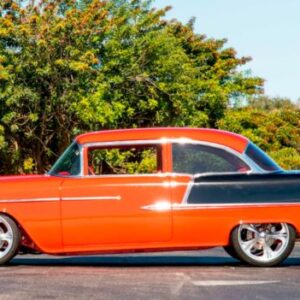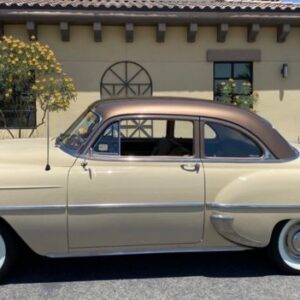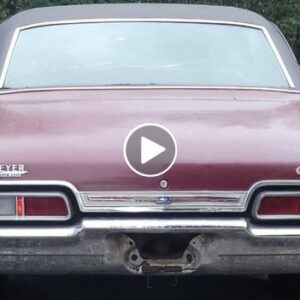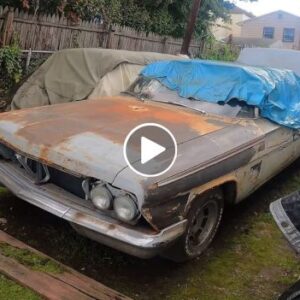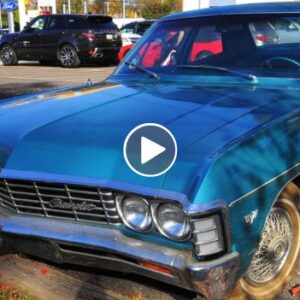By the end of the ’60s, carmakers in the U.S. understood that the days of the full-size muscle car were coming to a close. The consumers scrambling to get their hands on a powerhouse car stopped looking at the large vehicles that were becoming known as “Land Boats” and opted for the mid-sized offerings, such as the Chevrolet Chevelle SS, the Chevy Camaro, and the Chevy Nova. However, as with all things that can be bought, some buyers still wanted more room than what the mid-sized cars could offer, which may be why Chevrolet pushed producing the full-sized Chevy 427 SS up until 1969.
The point is that since the number of actual buyers for the large car was diminishing, the production numbers were less due to decreased sales. GM was not going to retire the full-size Chevy without a fight, though, so beginning in the middle of the ’60s, in 1967 to be exact, they began to offer a Chevrolet model known as the Chevy 427 SS. It is a full-sized monster of a car that could not hustle down the quarter-mile track nearly as fast as the mid-sized muscle cars of the era, but considering the fact that these cars weighed up to 4000 pounds, it is impressive to know that the 1967 Chevy 427 SS could put some track times down that is impressive.
Let’s travel back in time for a while and check out some things that every gearhead should know about this amazing car.
10 The Chevy 427 SS Was Its Own Model In 1967

Even today, the battle continues to wage on about whether the 1967 Chevy 427 SS is an Impala or not. Classic muscle car lovers argue that since there are no nameplates or badging on the car stating that it is an Impala and since the ’67 through ’68 Chevy 427 SS cars had their own Vin number, they are separate models.
Classic car lovers will also point out that the Impala emblem is in the center of the back seat, so it has to be an Impala. If you ask the experts, the ones that own the cars around the nation, they will say that the 1967 Chevy 427 SS is its own model, and even though it carries one symbol of another vehicle, it does not make it a trim level of the Chevy Impala.
9 External Features On The Chevy 427 SS Were Shared Uniqueness
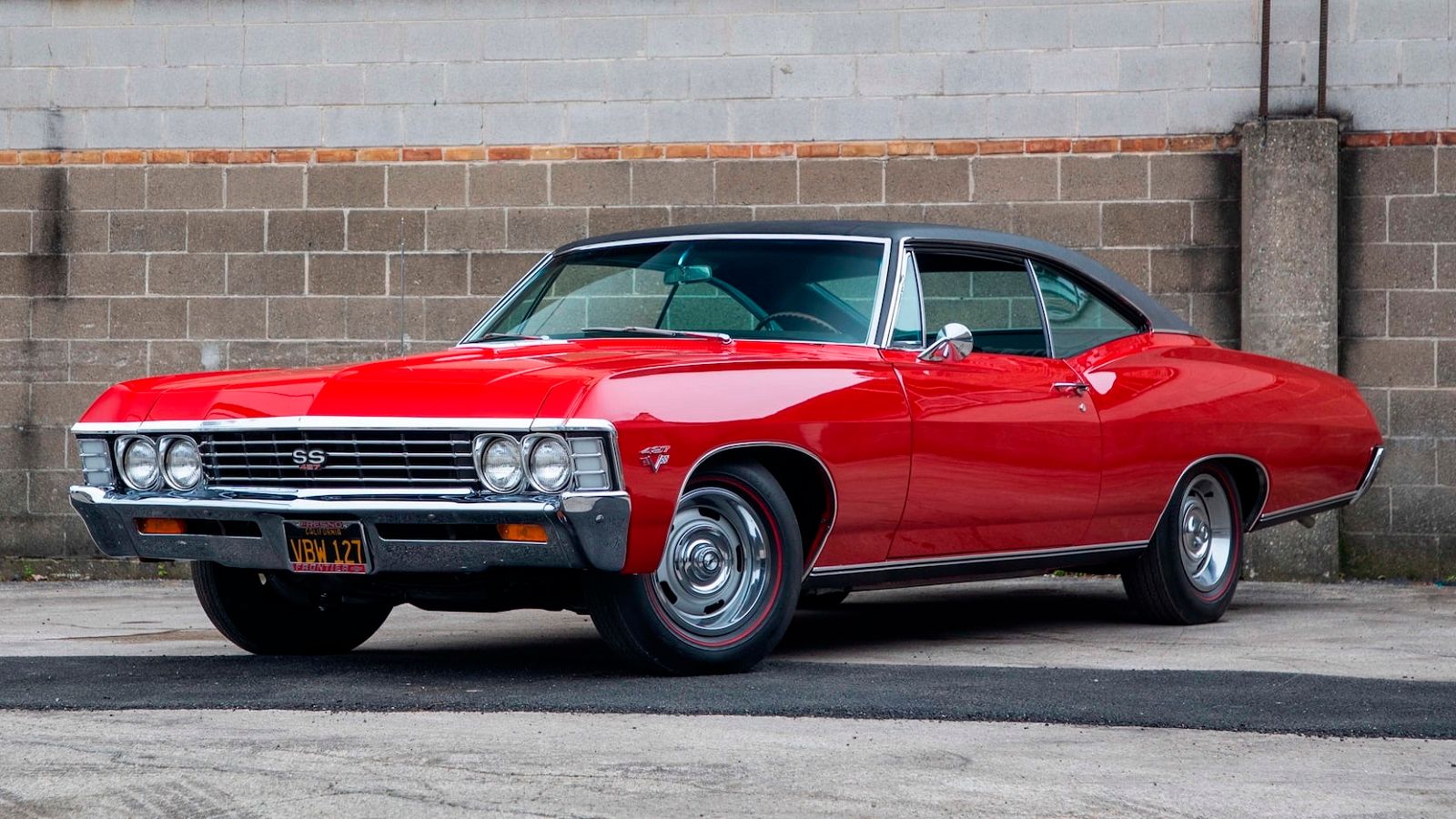
The external features of any classic car are how gearheads can tell them apart, but even then, each classic car built had something in common with one of the other cars produced during the same year. In this instance, the car’s frame was the same as the Chevy Impala, and the hood was shaped after the infamous Chevy Corvette.
The exterior design of the 1967 Chevy 427 SS was also formed after the ’67 Impala, but the 427 SS had some specific features that were unique to it. There are small stripes on each fender peak, red stripes on the tires, and badging that calls out the 427 and of course, the SS designation.
8 Only The Chevy 427 SS Was Available With Callouts
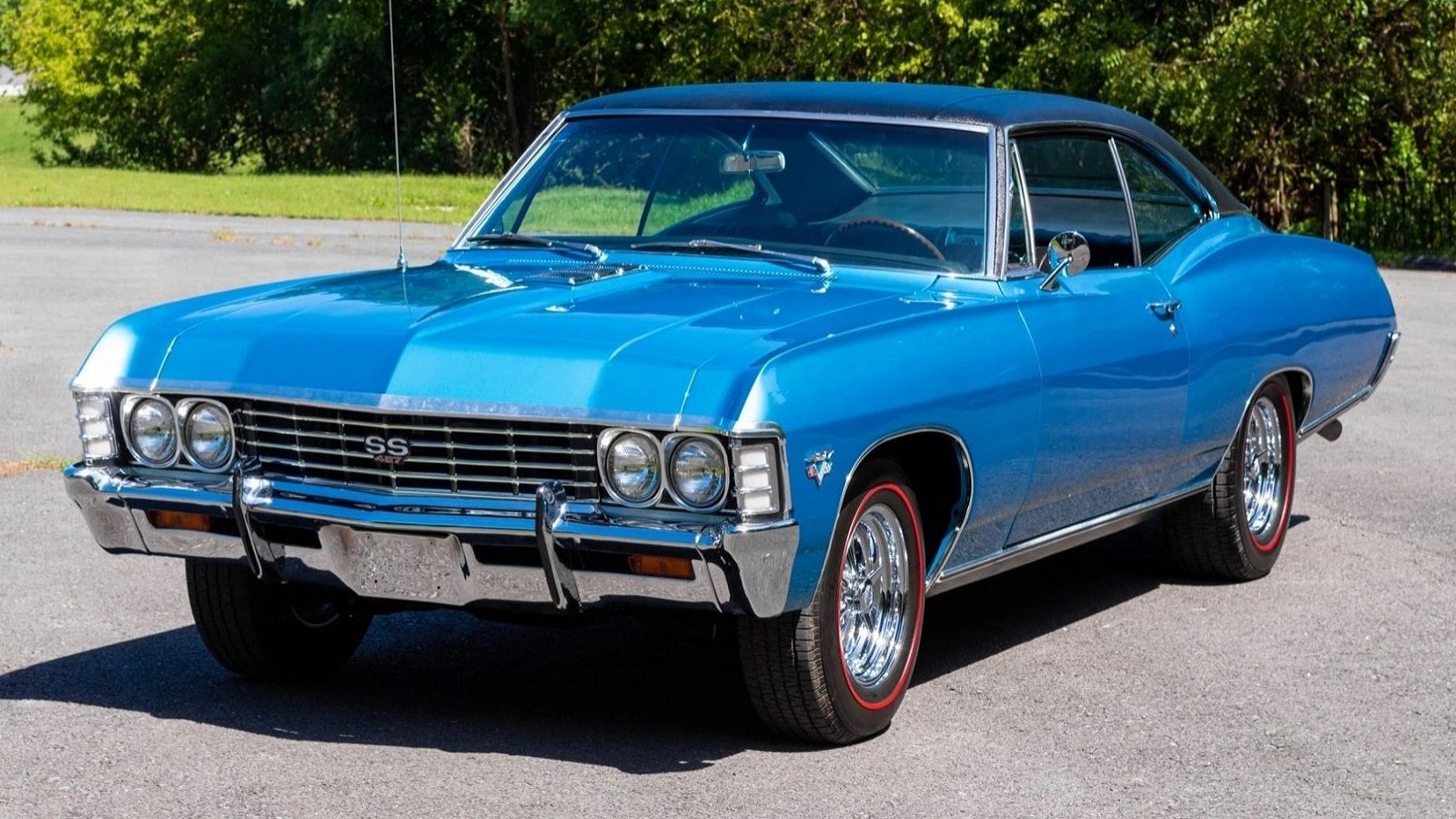
The 427 big block was too popular to be limited to just one vehicle, but since the displacement ban restricting them from being placed in mid-sized cars was not lifted until 1970, Chevy offered it as an option for the Chevy Impala, the Chevy Bel Air, and the Chevy Biscayne.
Plus, let’s not forget that the mighty 427 was also an option in the 1967 Corvette. Since the engine was available in four other cars, Chevy wanted to make sure that the ’67 Chevy 427 SS was different by adding special nameplates and badging to call out that this car was unique, even though similar to the Impala.
7 The 427 In The ’67 Chevy SS Had Two Different Versions
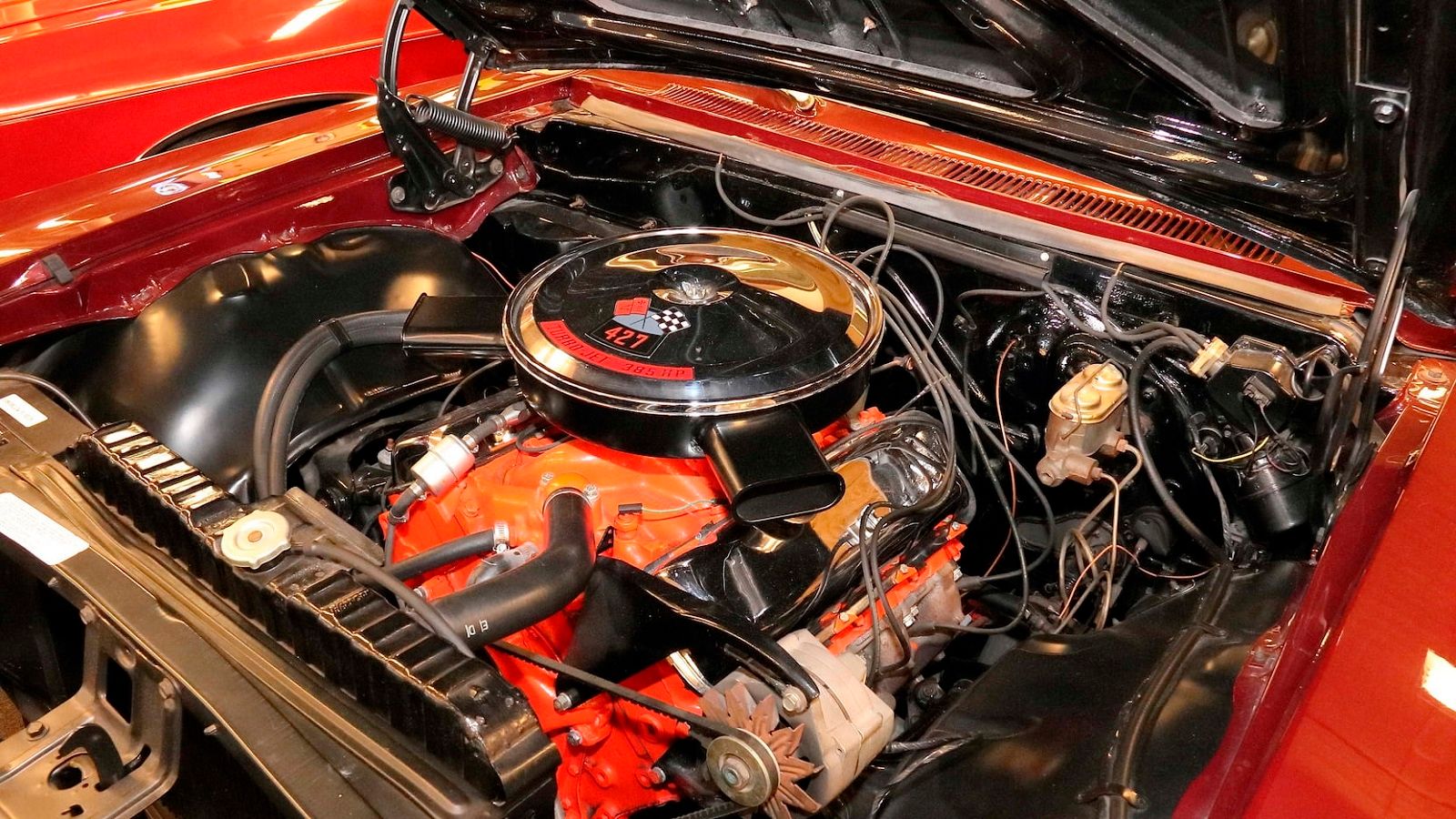
In the late ’60s, the 427 was one of the most popular big blocks on the market, not only because it was an option in the iconic Corvette, but it was also available in any full-size model that Chevy produced. Even better than that was that two different 427 engines were available to order.
The base-level big block could push out around 385 horsepower, while the upgraded 427 could increase that number up to 425 horses. This second, more powerful option was not advertised, so only true muscle car lovers of the time would have even known it was available, which may be why many people claim that the 425 horsepower 1967 Chevy SS did not exist, but that will have to be said to those owners that have one.
6 The 1967 Chevy SS 427 Needed A More Than Average Transmission
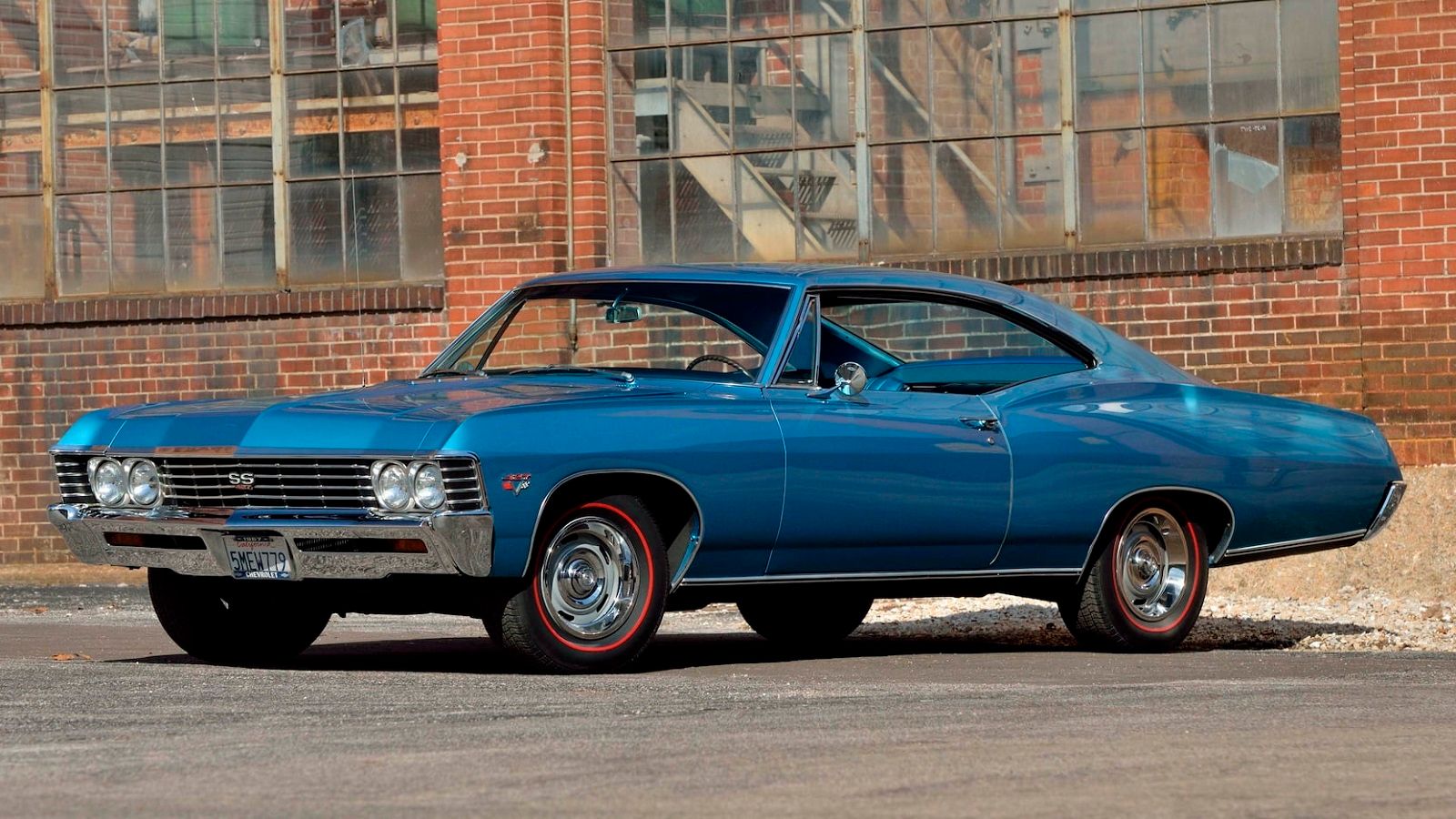
The torque produced by the 427 big block, 450 foot-pounds, is enough to destroy any standard transmission, which is why the car could only be ordered if an upgrade was optioned for. The first step up from the base-level transmission in the Chevy lineup was the M13 three-speed manual transmission. The second option above that was the four-speed M20 gearbox.
Thankfully for some, one option was available for those who prefered an automatic transmission: the three-speed Turbo-Hydra-Matic. All three transmissions have improved construction parameters that can hold up to the snap of torque that the 427 in the Chevy 427 SS produces.
5 Stiffer Suspension Was Built Into The Chevy 427 SS
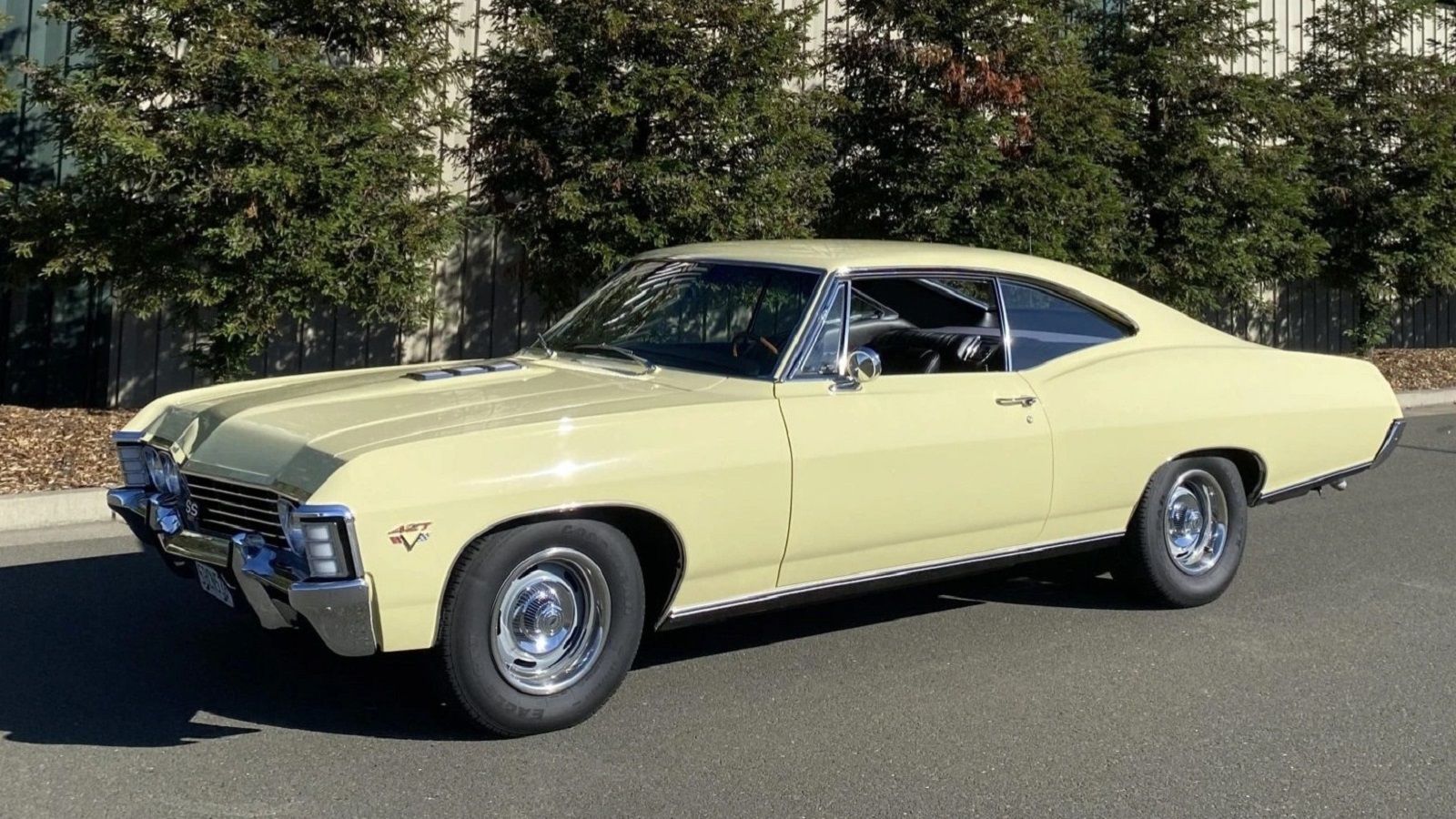
With a suspension system designed for lighter use, an engine pushing out 385 to 425 horsepower would not be easy to keep on the road under hard acceleration. The entire suspension under the 1967 Chevy 427 SS had to be stiffened to ensure the car stayed stable when driving. Of course, when the suspension is stiffened, the car will not ride as smoothly, but when consumers bought the Chevy 427 SS, they were not looking for comfort; they were looking for brute force.
The art of matching the perfect suspension stiffness to the car, and the use of the vehicle, is a science that may be too hard to understand, but for a straight line full-sized car with a 427 big block under the hood, the driver would need some pretty stiff suspension components to keep it running in a straight line.
4 Special Instrument Panels Were An Option In The Chevy SS 427
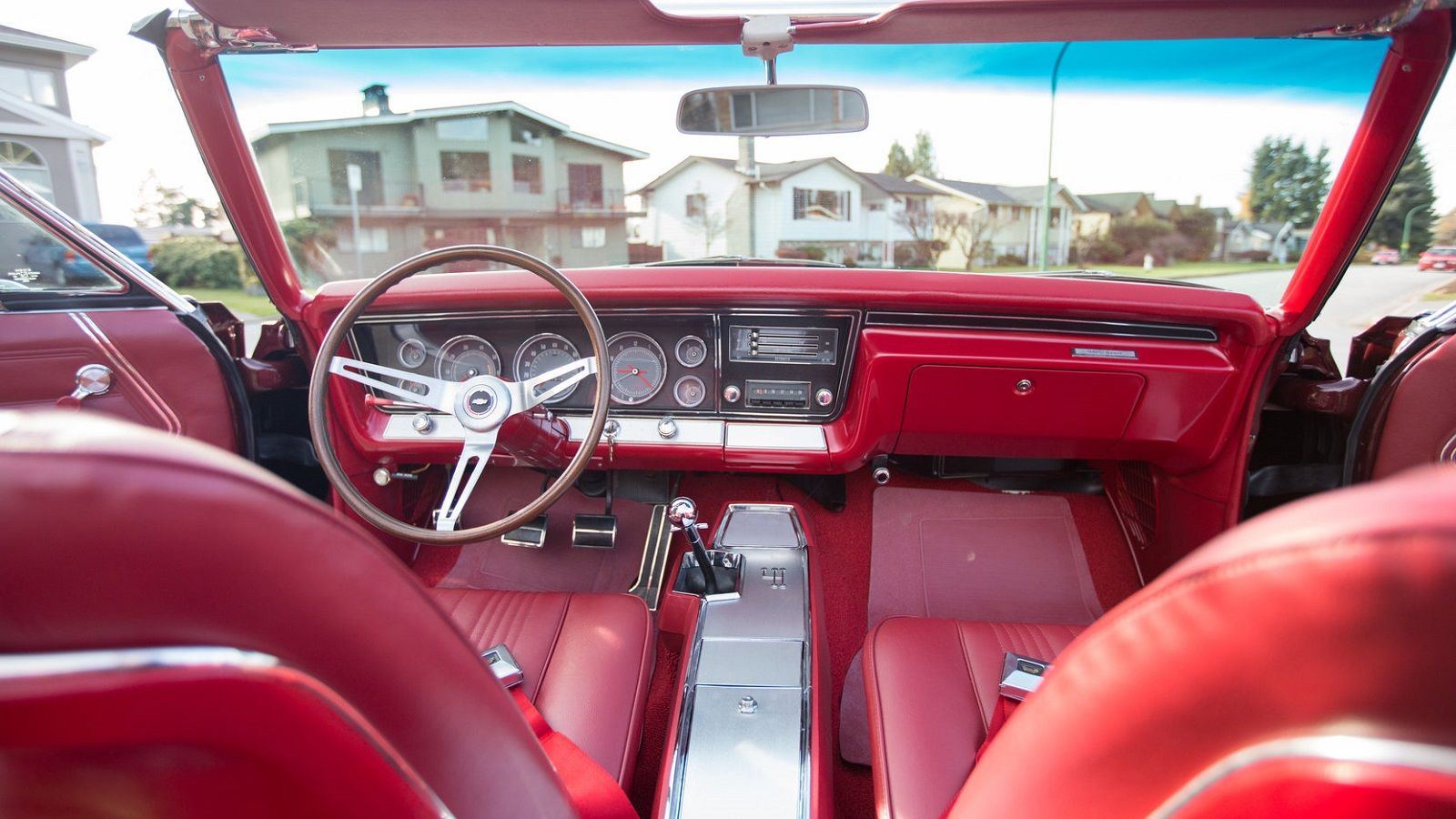
Another option on the original order form could be the U14 option, which created a Chevy 427 SS with a very special instrument panel installed. This cluster included a speedometer, water temperature gauge, oil pressure gauge, ammeter, and dash-located tachometer. If the 427 big block with 425 horsepower was chosen, the tach had a redline limit of 6000 RPM.
Otherwise, the safe cut-off point for high RPMs dropped down to 5600. These gauges are necessary for the classic muscle car driver because it allows them to track how the engine is performing and shows when to stop pushing the RPM curve to take advantage of the big block’s power under the hood.
3 The 1967 Chevy 427 SS Had Internal Options To Offer Luxury
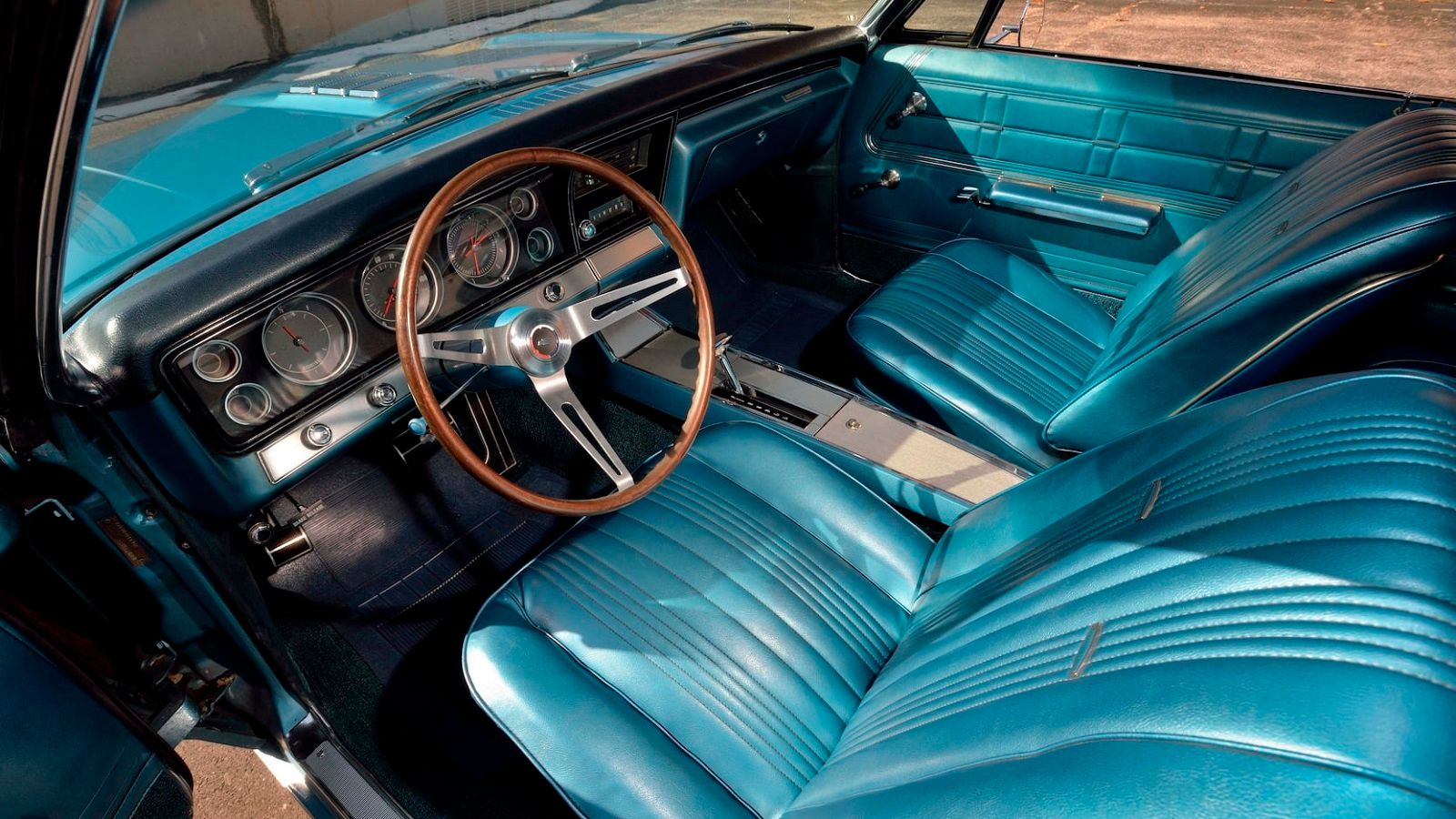
One great thing about a large full-sized car is that there is plenty of room for luxury items. Granted, if the owner was trying to make the Chevy 427 SS into a track car, they would need to be excluded or taken out, but for most people, the more comfort, the better. Some of those options that were available when purchasing the car straight from the factory were bucket seats, air conditioning, AM radio with an eight-track tape player, a rear window defroster, tinted windows, a tilt steering column, a power driver’s seat, and one of the rarest options was a wood grain steering wheel.
2 Low Production Numbers Makes The ’67 Chevy 427 SS Hard To Find
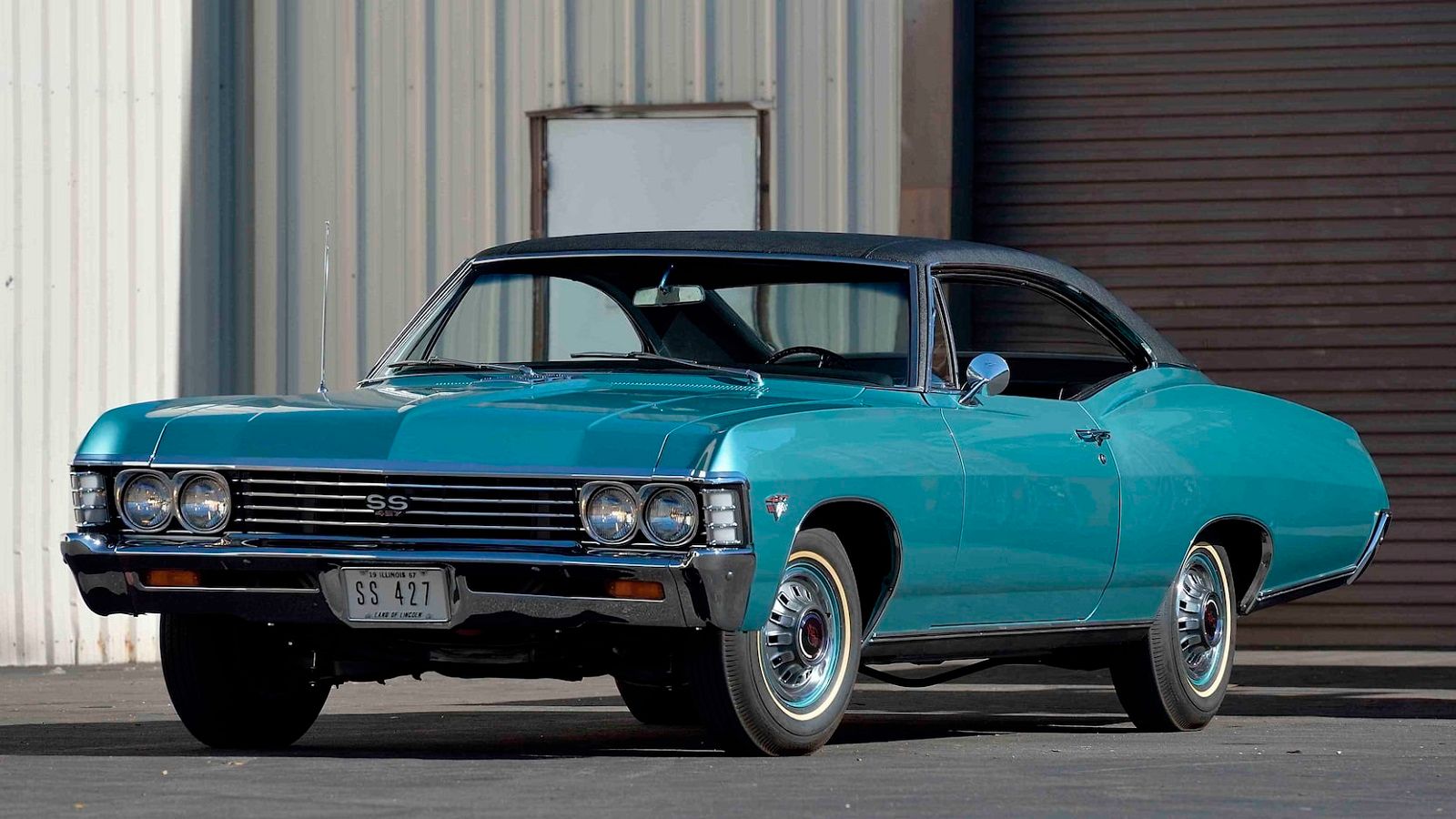
Most muscle car buyers decided they did not want to go with the full-sized cars because they were so much heavier than the mid-sized options. The difference can be seen by going back through some quarter mile times, which show that the mid-sized car with a smaller engine can put up better times than a full-sized car with a bigger engine.
That is why the sales numbers for the Chevy 427 SS began to drop, making GM push the number of vehicles produced down. It is claimed that only 2,124 Chevy 427 SS cars were ever produced, making it hard to find. Any classic car that is hard to find is expensive to buy, which can be shown through some of the most recent auctions, such as this one at Bring a Trailer, where the 1967 Chevy 427 SS sold for $55,000.
1 1967 Chevy 427 SS Was Its Own Character In “Supernatural”

It is hard to find a classic car lover that has not at least heard of “Supernatural,” which is a series that can be seen on almost any streaming network. This is the case not because of any of the human characters but rather the one character that stood out above the rest; the 1967 Chevy Impala that Dean Winchester drove.
When watching the series, look closely at the car because sometimes the car will have four doors, sometimes two. Since the 1967 Chevy 427 SS was only offered as a two-door vehicle, it can be told that the car was a four-door Impala at times, while at other times, it was the mighty 427 SS. Either way, the show revived an old classic car that may have been lost in history, and since it was a character all on its own, the ’67 Chevy has a fan base that extends beyond the borders of this country.

